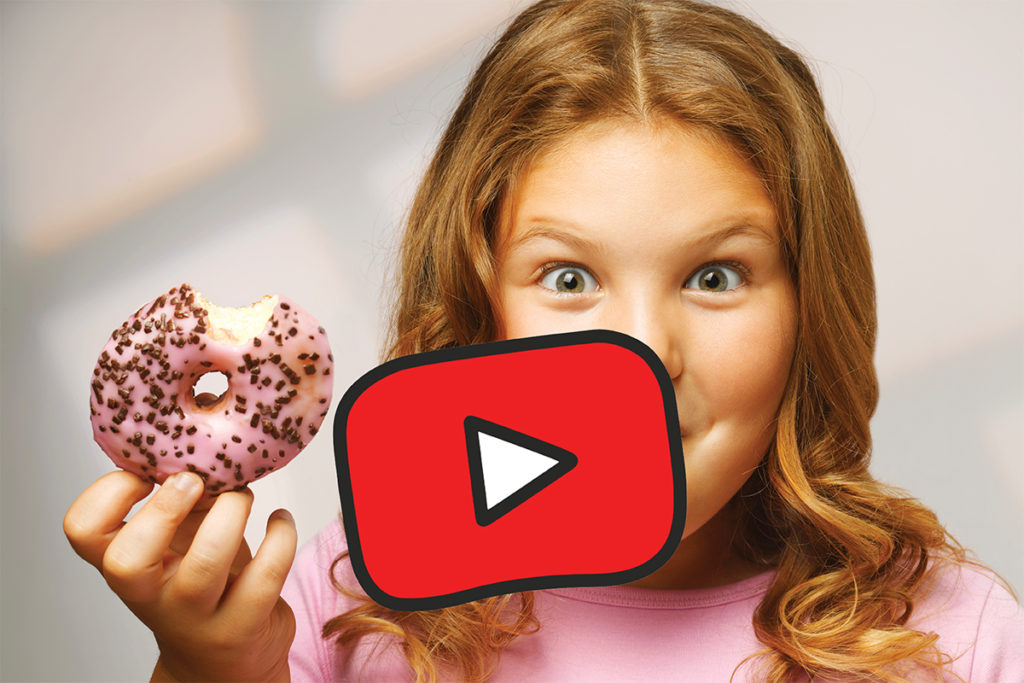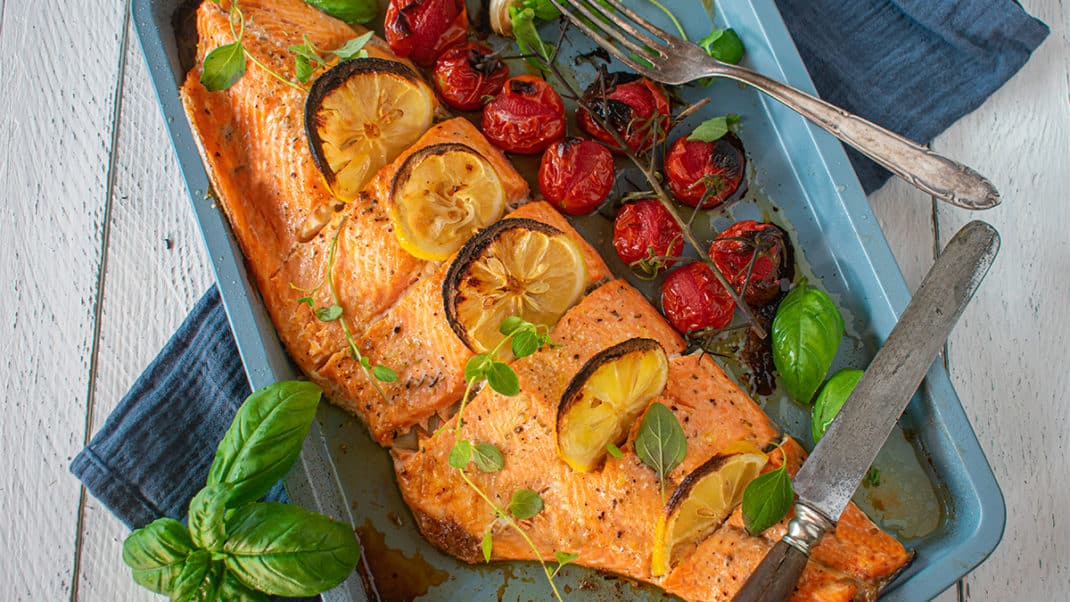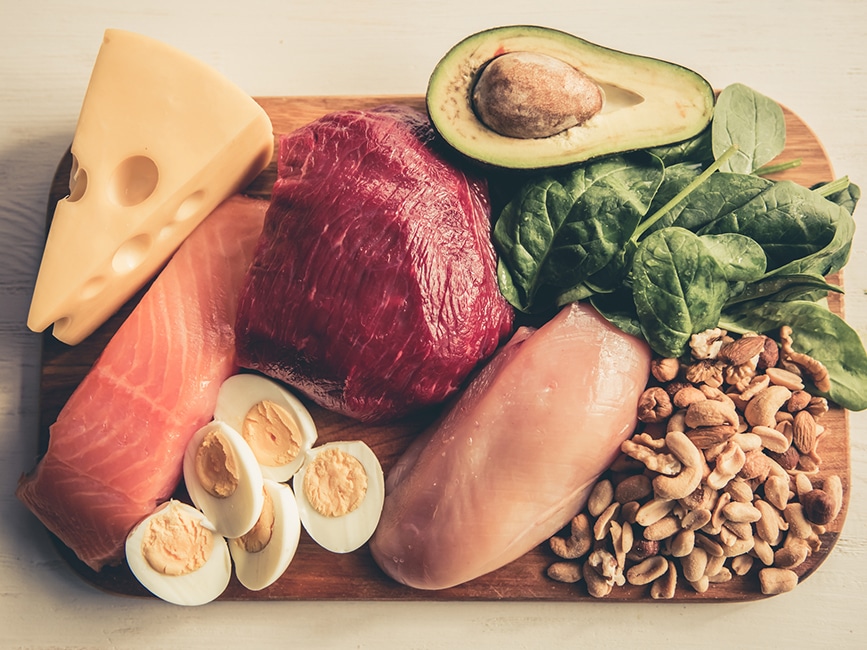Modern Food Marketing Needs Old-Fashioned Nutrition Help
YouTube influencers are promoting more junk food to kids.

Although television advertising has historically been a major source of food marketing, companies are increasingly choosing online advertising to leverage growing social media use. This includes using YouTube videos to market wares to children. Researchers at NYU School of Global Public Health and NYU Grossman School of Medicine warn that popular youth-run YouTube channels frequently promote unhealthy food and drinks to their audiences.
A study published in Pediatrics sampled 418 YouTube videos produced by the most-watched kid influencers ages 3–14. The team found that 179 of the videos featured food or drinks, and 90% of those videos promoted unhealthy, branded items such as fast food, often for a fee (i.e., host-selling). Concerningly, these specific YouTube videos were viewed more than a billion times. Only 3% of videos highlighted healthy, unbranded items like fruit.
The upshot is that parents should approach YouTube influencer videos with skepticism and as something that can negatively influence their children’s eating preferences. This is particularly true during the pandemic when kids’ screen time is at an all-time high. Federal and state regulators may also need to consider strengthening regulations regarding junk food advertising on widely viewed social media platforms.
See also: Kids Bombarded With Junk Food Ads
Matthew Kadey, MS, RD
Matthew Kadey, MS, RD, is a James Beard Award–winning food journalist, dietitian and author of the cookbook Rocket Fuel: Power-Packed Food for Sport + Adventure (VeloPress 2016). He has written for dozens of magazines, including Runner’s World, Men’s Health, Shape, Men’s Fitness and Muscle and Fitness.



